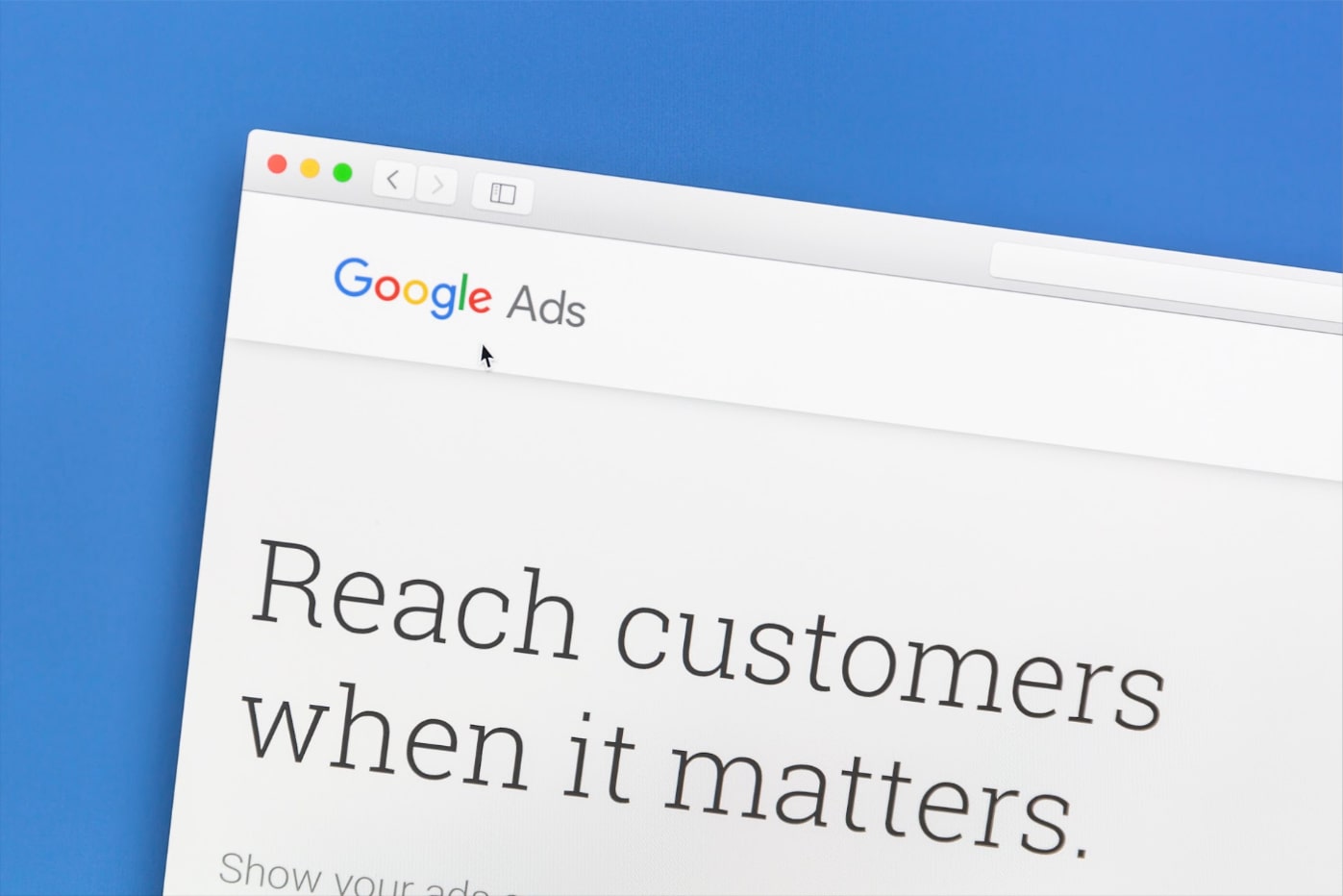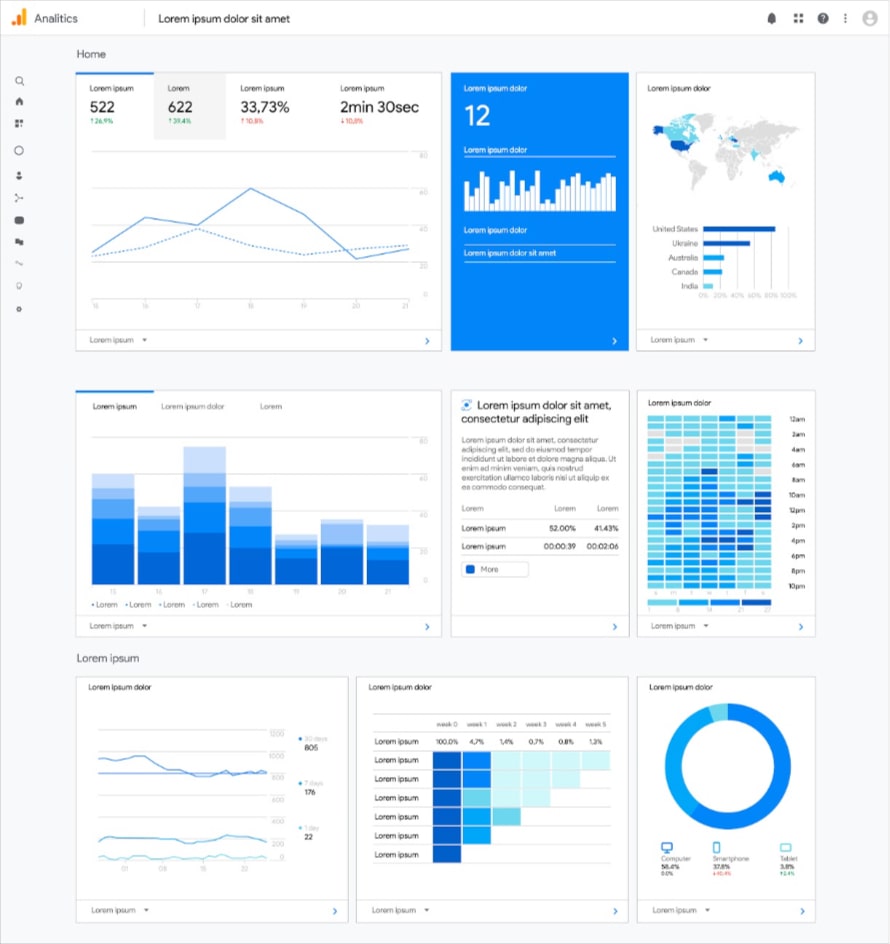
It may not come as a surprise. Still, it’s worth mentioning that Google paid ads have been an effective tool for local businesses looking to increase their online visibility and drive targeted website traffic.
With millions of people using this browser to search for products and services daily, leveraging its paid ads service can give your business a competitive edge. Keep reading to discover effective strategies that will help you maximize the potential of Google paid ads. Who knows? This may be the key to jumpstarting your local business’s growth in the digital landscape.

1. Understand Your Target Audience
Before creating Google paid ads, it’s essential to understand your target audience clearly. No amount of brand positioning works if you don’t know who you’re targeting.
To do this, you need to conduct thorough market research. You can do this with the following steps:
- Start by defining your ideal customers’ demographics, such as age, gender, location, and income level.
- Delve into their interests, needs, and pain points to create buyer personas.
- Utilize surveys, interviews, and social media analytics to gather insights about their online behaviors and preferences.
- Analyze competitor strategies and study industry trends to identify gaps and opportunities.
By combining quantitative and qualitative data, you can tailor your marketing efforts and connect with them on a deeper level.
2. Set Clear Goals
Next, you should establish clear goals for your campaigns. It’s how you know if your paid ads are actually working. Start with the basics, such as:
- Increasing website traffic
- Generating leads
- Boosting sales
- Promoting a specific product or service with good prospects
With clearly defined goals, you can create ads that align with your objectives. At the same time, you give yourself metrics to track and measure their effectiveness.
3. Conduct Keyword Research
Keywords are vital in Google paid ads as they determine when and where your ads appear. You can identify your business’s most relevant and valuable terms with thorough keyword research.
Instead of targeting broad ones like ‘bakery’ or ‘desserts,’ focusing on long-tail keywords specific to your niche will yield better results. ‘Gluten-free bakery near me’ or ‘vegan-friendly cake shop’ are examples of such keywords; they connect you directly to your target market’s specific needs and preferences.
These keywords are less competitive than broader counterparts, allowing you to stand out in search results pages and reach a more targeted audience actively seeking your products.
As a result, the chances of converting these potential customers into loyal patrons increase significantly.
4. Create Compelling Ad Copy
Incorporating your targeted keywords naturally into your ad copy improves its relevancy and quality score.
However, given the limited space to capture your audience’s attention, writing concise, compelling headlines highlighting your business’s unique value is critical. The same applies when encouraging potential customers to take the desired action using action-oriented language like ‘Shop Now,’ ‘Learn More,’ or ‘Book a Consultation.’
5. Test and Optimize Continuously
Once your ad copy is in place, it’s time to move on to the next step: testing and tweaking.
Google paid ads let you unlock invaluable data and insights, making optimizing your campaigns for continuous optimal performance easier. By conducting regular tests and making data-driven optimizations, you maximize the effectiveness of your ads and reach more sustainable marketing outcomes.
One way to do this is through A/B testing. You create multiple variations of your ads, landing pages, or targeting options. Then, you compare their performance to identify the more effective ones.
Basically, you can test different images, ad headlines, or calls to action to see which combination resonates best with your target audience.
When conducting A/B tests, focusing on one variable at a time will ensure clearer results. This way, you can isolate the impact of each change and understand its influence on your campaign’s performance.
Whether testing different ad copy, landing page designs, or targeting criteria, A/B testing allows you to refine your approach based on real, trackable data and optimize for better outcomes.
6. Leverage Local Extensions
To further enhance the effectiveness of your ad campaign, use local extensions. They display additional information about your business, such as your address, phone number, and business hours. Doing so increases your ad’s credibility and makes it easier for potential customers to find your store.
A New Tool for Your Kit?
The impact of Google paid ads on the success of your local business cannot be underestimated. You can unlock their true potential by understanding your target audience, setting precise goals, conducting thorough keyword research, crafting compelling ad copy, and leveraging local extensions. Continuously monitor your performance and adjust as needed for long-term success.
Ask the experts to learn more.



